Web3: Making the Internet Smarter and More Interactive
What is Web3 and How Does It Work?
Web3 is the next generation of the Internet that aims to make it more intelligent, decentralized, and interactive. It is built on the principles of blockchain technology and aims to empower users by giving them control over their own data and online identities.
Web3 enables peer-to-peer interactions without the need for intermediaries, allowing users to directly engage with decentralized applications (DApps). This technology also fosters the growth of the Internet of Things (IoT), where smart devices can seamlessly communicate and interact with each other.
How Does GPT Contribute to Web3?
GPT (Generative Pre-trained Transformer) is a language model that uses deep learning techniques to understand and generate human-like text. In the context of Web3, GPT can be leveraged to enhance user experiences by providing personalized and contextually relevant information.
GPT can analyze user preferences, behaviors, and interaction patterns to generate tailored content, such as personalized news, product recommendations, or virtual assistants that understand natural language queries. By integrating GPT into Web3 applications, users can have more meaningful and efficient interactions with the technology.
What Are the Advantages of Web3 and GPT Integration?
1. Decentralization and Data Ownership: Web3 promotes decentralization, ensuring that users have more control over their data and identities. GPT can utilize this data to provide personalized experiences without compromising user privacy.
2. Enhanced User Engagement: With GPT, Web3 applications can understand and respond to user queries more accurately and contextually. This improves user engagement and satisfaction, leading to a better overall experience.
3. Personalized Recommendations: GPT can analyze vast amounts of user data to generate tailored recommendations for products, services, or content. This makes online experiences more relevant and meaningful for users.
4. Seamless IoT Integration: Web3 leverages IoT to create a network of smart devices. GPT can facilitate seamless communication and interactions between these devices, leading to a more connected and intelligent IoT ecosystem.
What Are the Potential Applications of Web3 and GPT Integration?
1. Smart Homes: Web3 and GPT integration can enable voice-controlled smart home systems that understand and respond to natural language commands, optimizing energy consumption, and providing personalized services.
2. Personal Assistants: Web3-powered personal assistants integrated with GPT can understand and generate human-like responses, perform tasks on behalf of users, and provide personalized recommendations.
3. E-commerce: GPT can be integrated with Web3-powered e-commerce platforms to provide tailored product recommendations, personalized shopping experiences, and more efficient customer support.
4. Education: Web3 and GPT integration can create personalized learning experiences, including intelligent tutoring systems, adaptive curriculum recommendations, and interactive educational content.
Overall, the integration of Web3 and GPT holds significant potential in revolutionizing the Internet, making it smarter, more decentralized, and tailored to individual user needs. This seamless integration can democratize data access, enhance user experiences, and foster innovation across various industries and applications.


